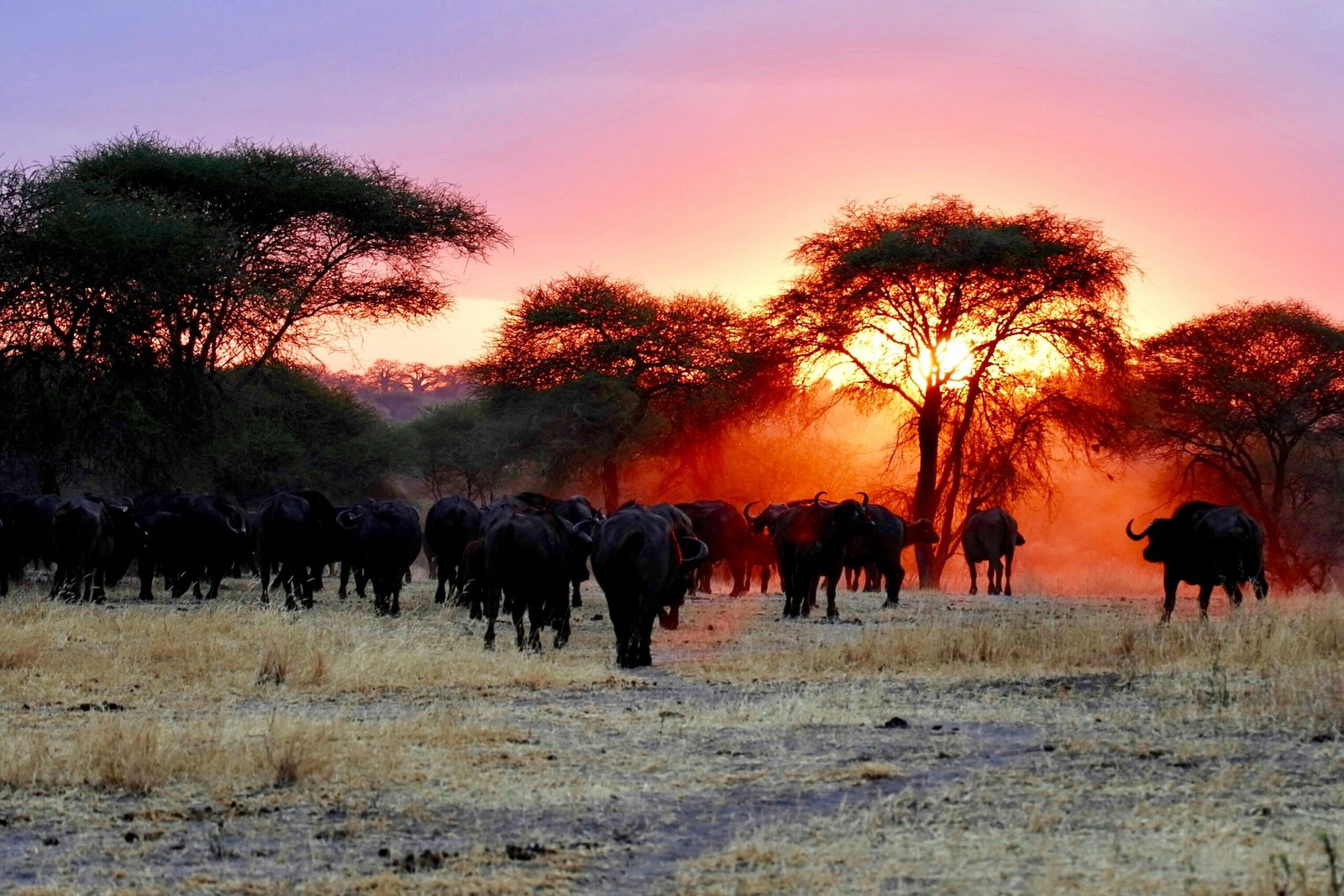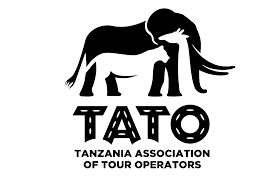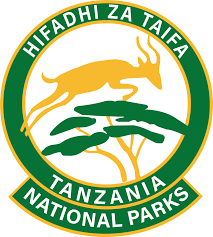The Serengeti Migration isn’t just one event; it’s a series of phases that span several months, each with its own dramatic moments and thrilling experiences. The migration follows a predictable route, although exact timings can vary each year based on the rains and the availability of fresh grass. It’s a journey filled with immense challenges for the animals involved, as they face predators, rivers, and the harsh elements along the way. The best part of the Serengeti Migration safari ultimately depends on the type of experience you’re seeking. If you want to witness the birth of new life and the thrilling predator-prey interactions, then the calving season in January to March is your best bet. If you’re drawn to the dramatic moments of the migration, with wildebeests risking their lives in the river crossings, then the period from June to October will give you the heart-pounding action you’re after. For those who appreciate the serene beauty of the landscape and the quieter aspects of the migration, April to May or November to December offer more peaceful experiences. The Serengeti Migration is a truly unique event, and no matter when you visit, you’ll be treated to a spectacle that showcases the beauty
The best part of this safari ultimately depends on the season, and each phase offers unique experiences that highlight different facets of nature’s grand spectacle.
1. January to March: The Calving Season in the South
The calving season is one of the most captivating times to visit the Serengeti. Between January and March, vast herds of wildebeests and zebras gather in the southern Serengeti and Ndutu region to give birth. This period is crucial for the survival of the species, and over 500,000 wildebeest calves are born during this time. The plains are transformed into a nursery for the young, with the lush, green grass providing a nutrient-rich environment for the new arrivals.
For safari-goers, this is one of the most emotionally moving aspects of the migration. Watching a young calf take its first steps in the wild, surrounded by its protective mother and siblings, is a rare privilege. In addition to the joy of seeing these new lives, the southern Serengeti also becomes a battleground for predators. Lions, cheetahs, and hyenas follow closely behind, capitalizing on the opportunity to hunt vulnerable newborns. Witnessing this predator-prey interaction is one of the rawest and most dramatic moments of the migration. For photographers and nature enthusiasts, this phase is ideal, offering intimate encounters with wildlife in a quieter, less crowded environment.
2. April to May: The Quiet Migration Northward
While the rains are heavy in April and May, the migration continues as the wildebeests, zebras, and gazelles begin their slow journey northward. The southern and central Serengeti sees fewer tourists during this period, as the wet weather makes roads more challenging. However, this off-peak time offers a more peaceful safari experience. The rains bring life to the Serengeti, and the landscape is at its most lush and vibrant, with verdant grasslands and colorful wildflowers in full bloom.
Although the movement of the herds is slower, this period offers an excellent opportunity to experience the Serengeti in its most serene state. The migration at this time is less frenetic, but the animals are still moving in large numbers, spreading across the plains in search of fresh grazing grounds. For those who appreciate a quieter, more reflective safari experience, this is the best time to witness the migration away from the crowds, surrounded by the beauty of the rejuvenated landscape.
3. June to July: The River Crossings Begin
As the rains start to taper off, June and July mark the beginning of the migration’s most exciting and dramatic chapter: the river crossings. The herds have moved north into the Western Corridor, where the Grumeti River awaits. The river crossing is one of the most iconic events in the migration, as thousands of wildebeests must navigate the crocodile-infested waters to continue their journey. The sight of the animals charging into the river is thrilling and terrifying, and it offers some of the most intense and emotional wildlife photography opportunities.
This period is considered one of the best for safari-goers who want to see the migration at its most dramatic. The Grumeti River crossings are a high-risk event, with crocodiles waiting patiently in the water for their prey. For those lucky enough to be in the right place at the right time, the action is unrivaled. The excitement and energy of the crossing are intensified by the presence of predators on the shore, including lions and hyenas, who will pick off any stragglers. June and July also bring cooler, drier weather, making it a more comfortable time to travel and explore the Serengeti.
4. August to October: The Mara River Crossings
Without a doubt, the Mara River crossings are the highlight of the Serengeti Migration for many safari-goers. By August, the wildebeests and zebras have reached the northern Serengeti, and the ultimate challenge awaits: crossing the Mara River. This river crossing is one of the most famous moments in the animal kingdom, as hundreds of thousands of wildebeests and zebras charge into the fast-flowing waters, often facing crocodiles and other predators lying in wait.
The Mara River crossing is not only a dramatic moment in terms of wildlife action but also a stunning visual spectacle. The sight of massive herds crossing the river, struggling to survive against all odds, is one of the most powerful images in nature photography. This period offers unparalleled action for wildlife photographers, as the river crossings provide the perfect setting for capturing the heart-stopping moments of the migration. For many, this is the best part of the Serengeti Migration, as it epitomizes the sheer determination and survival instincts of the animals.
In addition to the crossings, the northern Serengeti offers excellent game viewing in general. The herds often spread out across the plains, making it easier to spot other wildlife such as elephants, lions, leopards, and cheetahs. The dry weather ensures excellent visibility, and the landscape is striking with the Maasai Mara’s rolling hills and the Mara River itself providing a dramatic backdrop.
5. November to December: The Return South
As the short rains begin in November and December, the migration starts to turn southward again, making its way back to the southern Serengeti. During this phase, the herds gradually leave the Masai Mara and head toward the southern plains, where the calving season will begin again in a few months. The herds are generally less concentrated, but the migration remains a spectacular sight as the animals move across the vast savannah.
This is a quieter period for those seeking a more relaxed safari experience. The landscape is lush and green due to the rains, and while the action isn’t as intense as during the river crossings, the return south offers a different kind of beauty. Travelers who visit at this time can still experience the migration in its entirety without the large crowds, and the vibrant grasslands provide a beautiful contrast to the dramatic river crossings.












